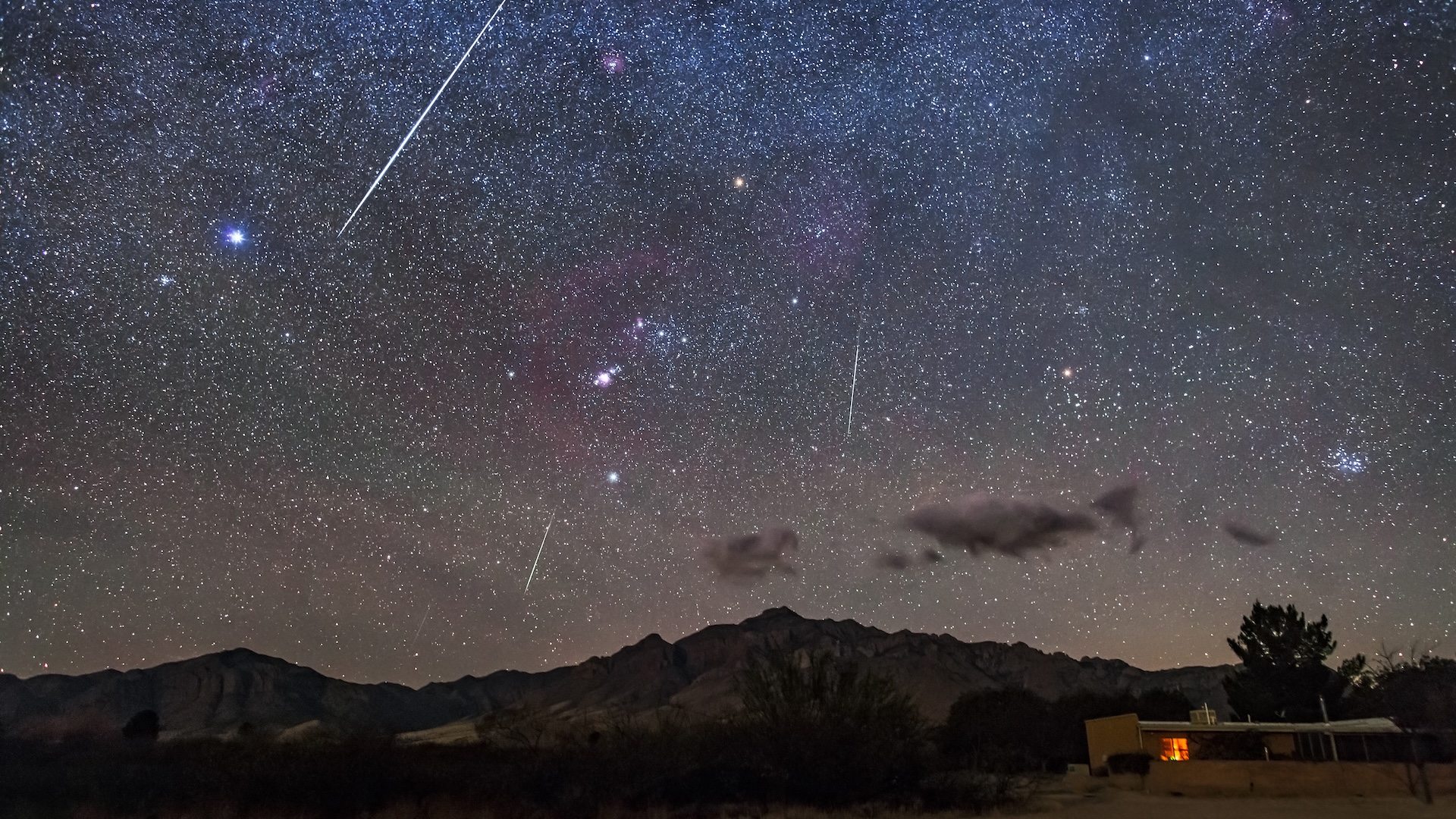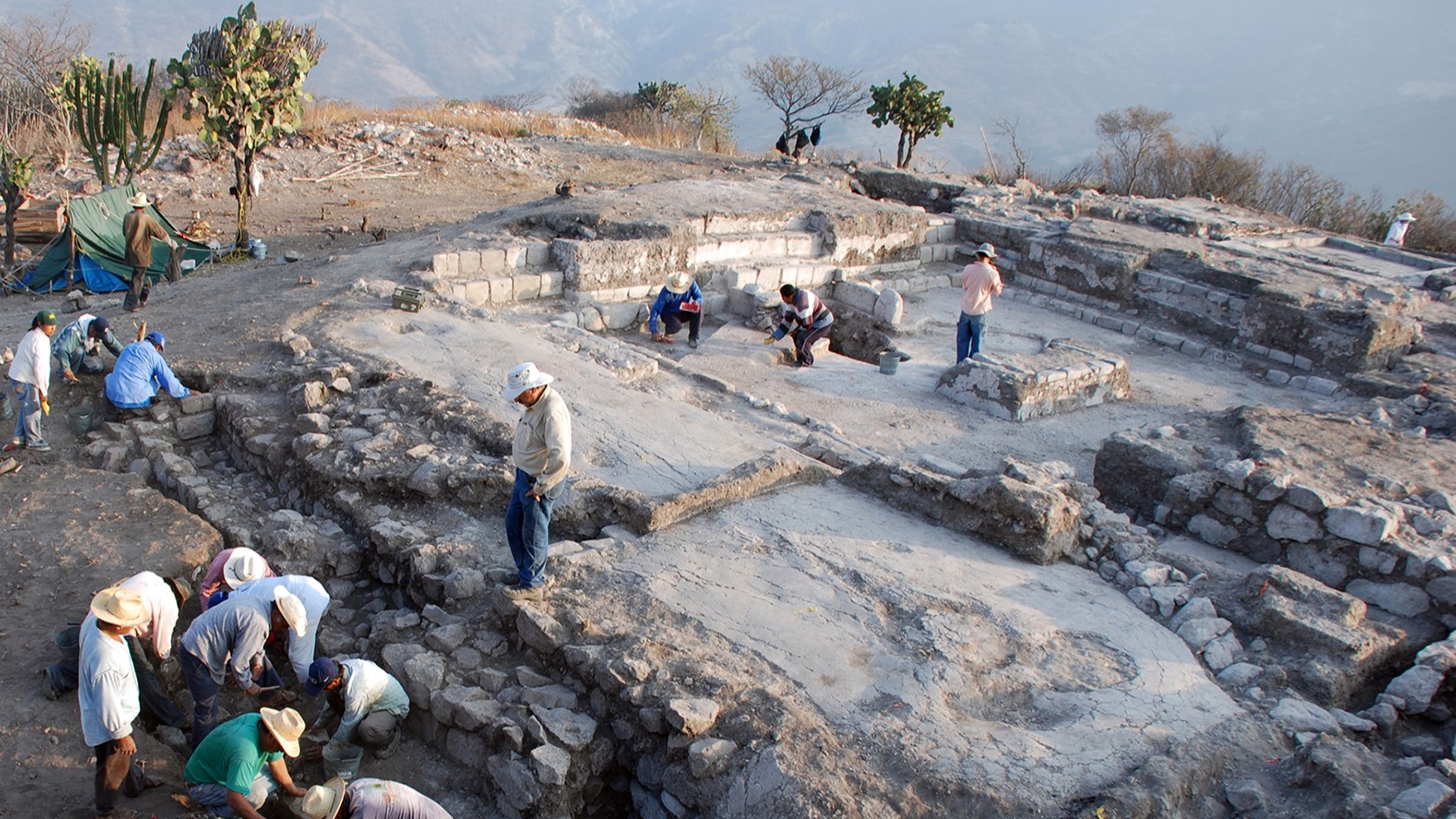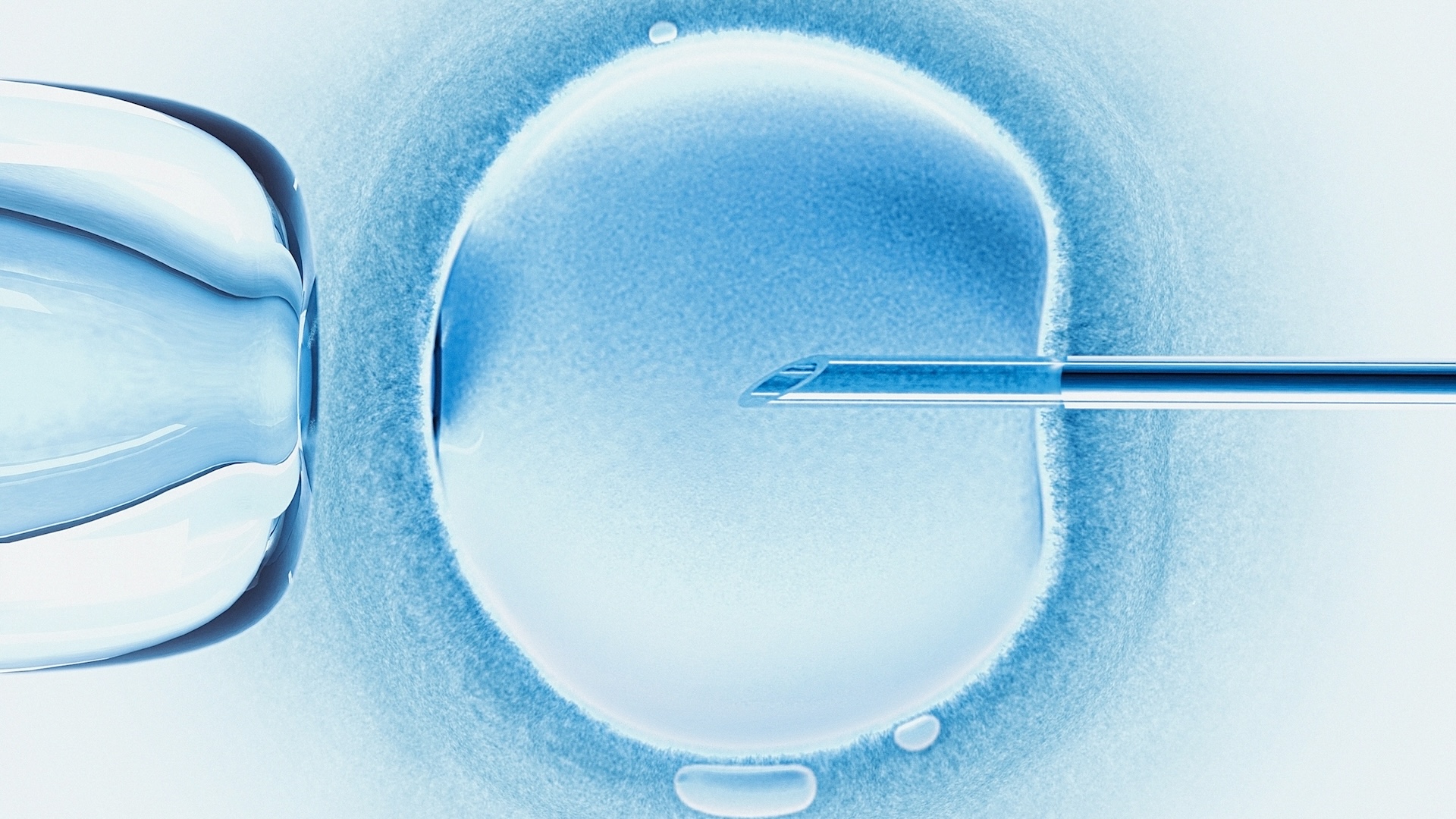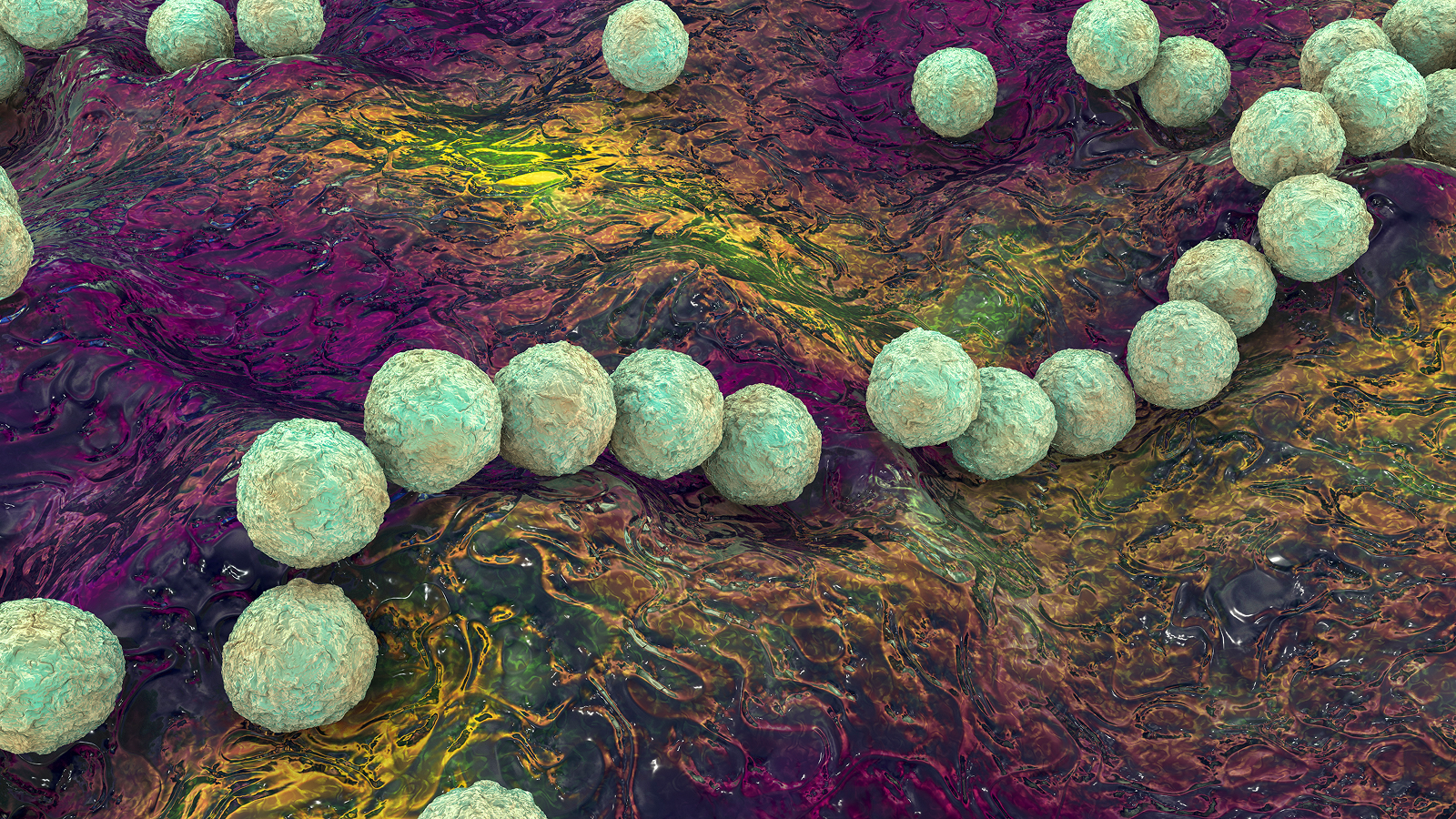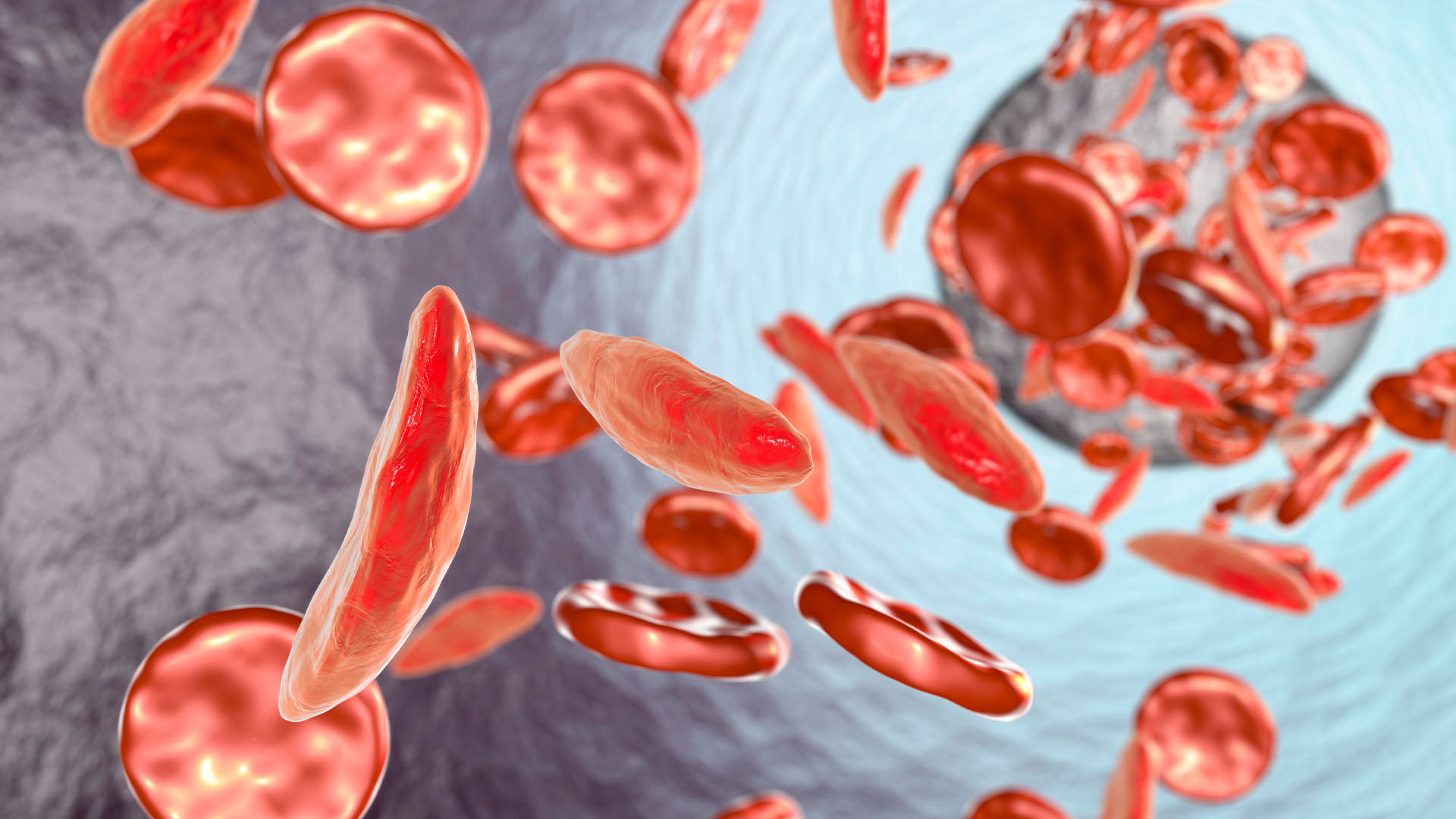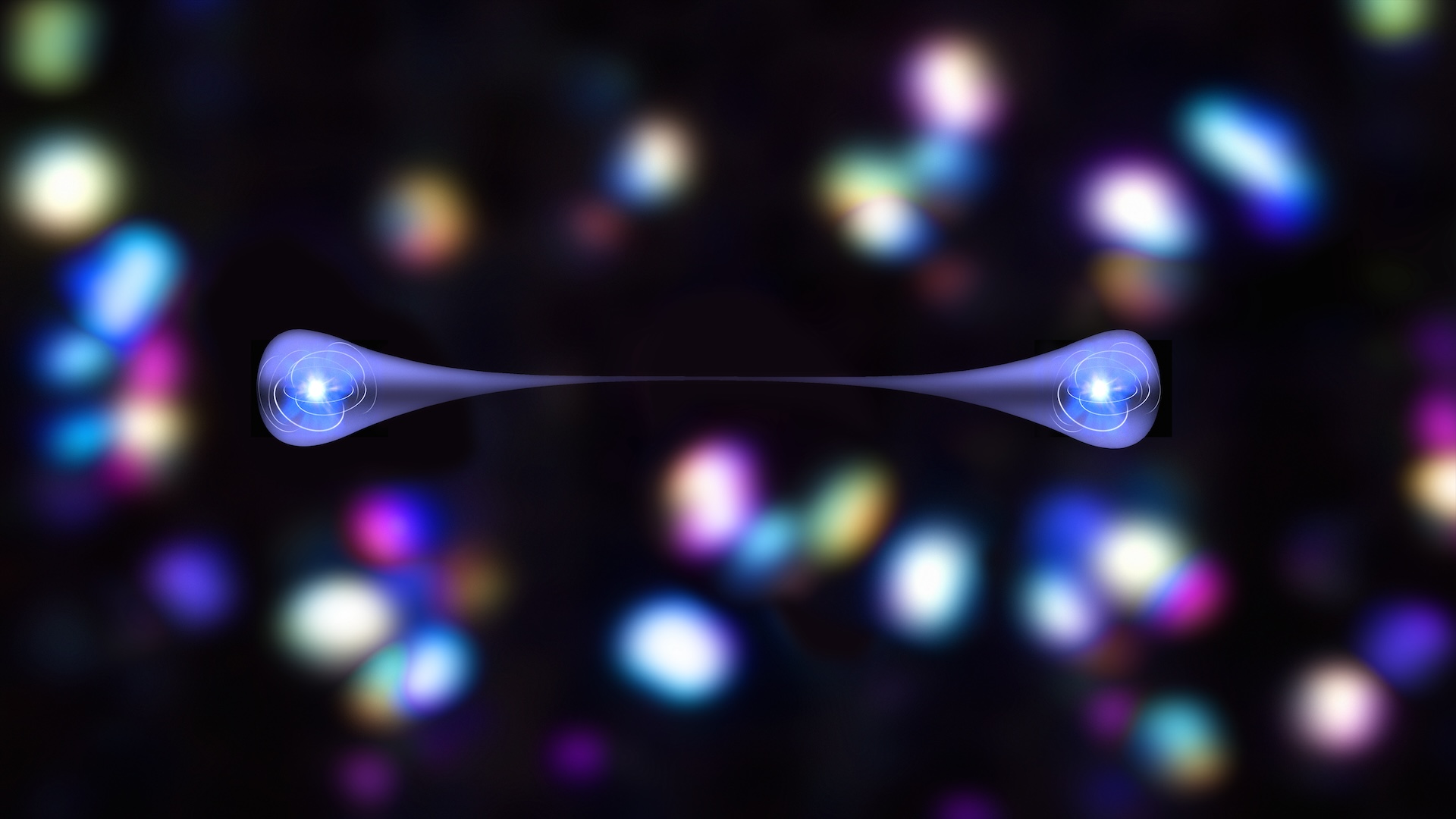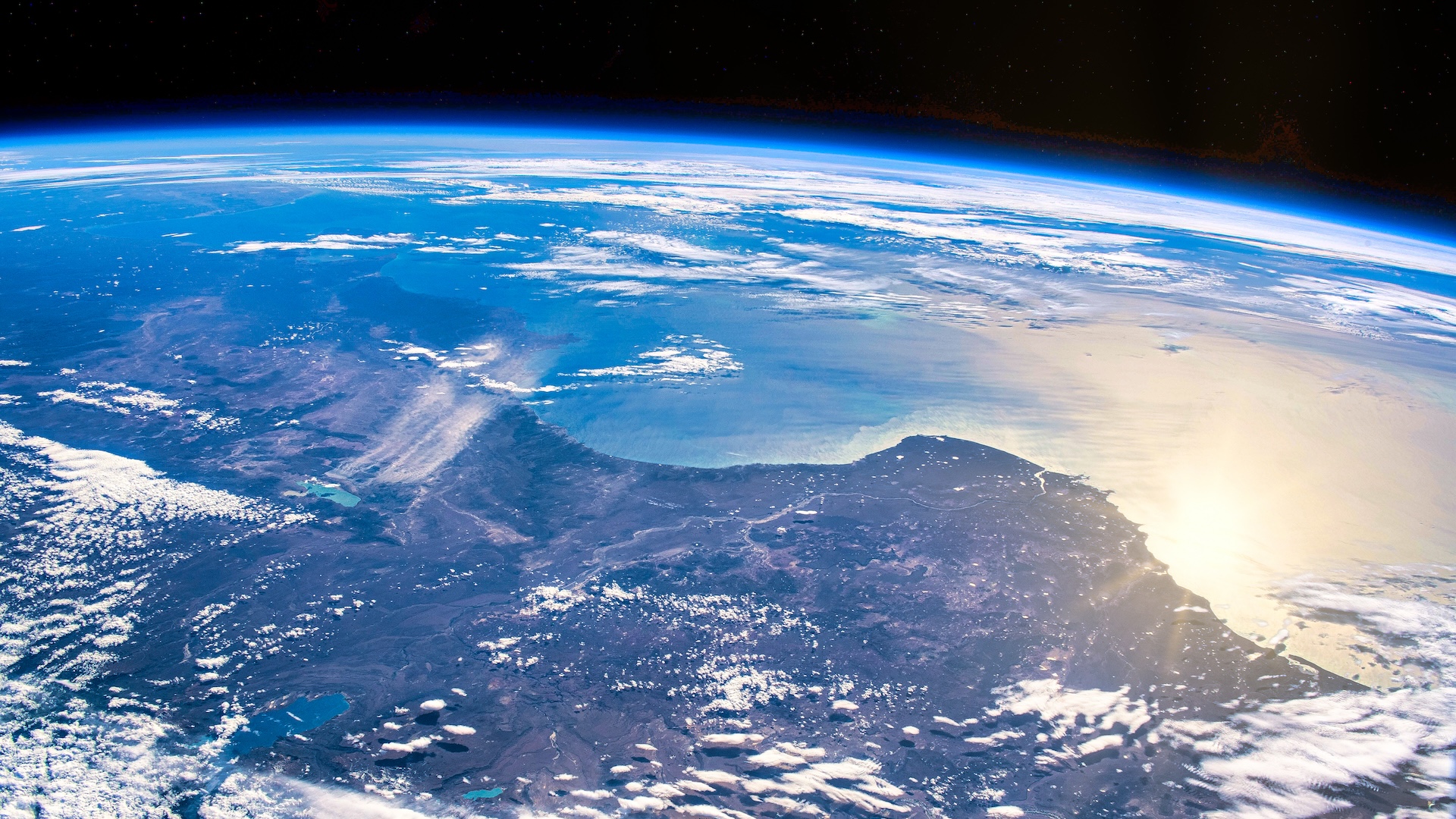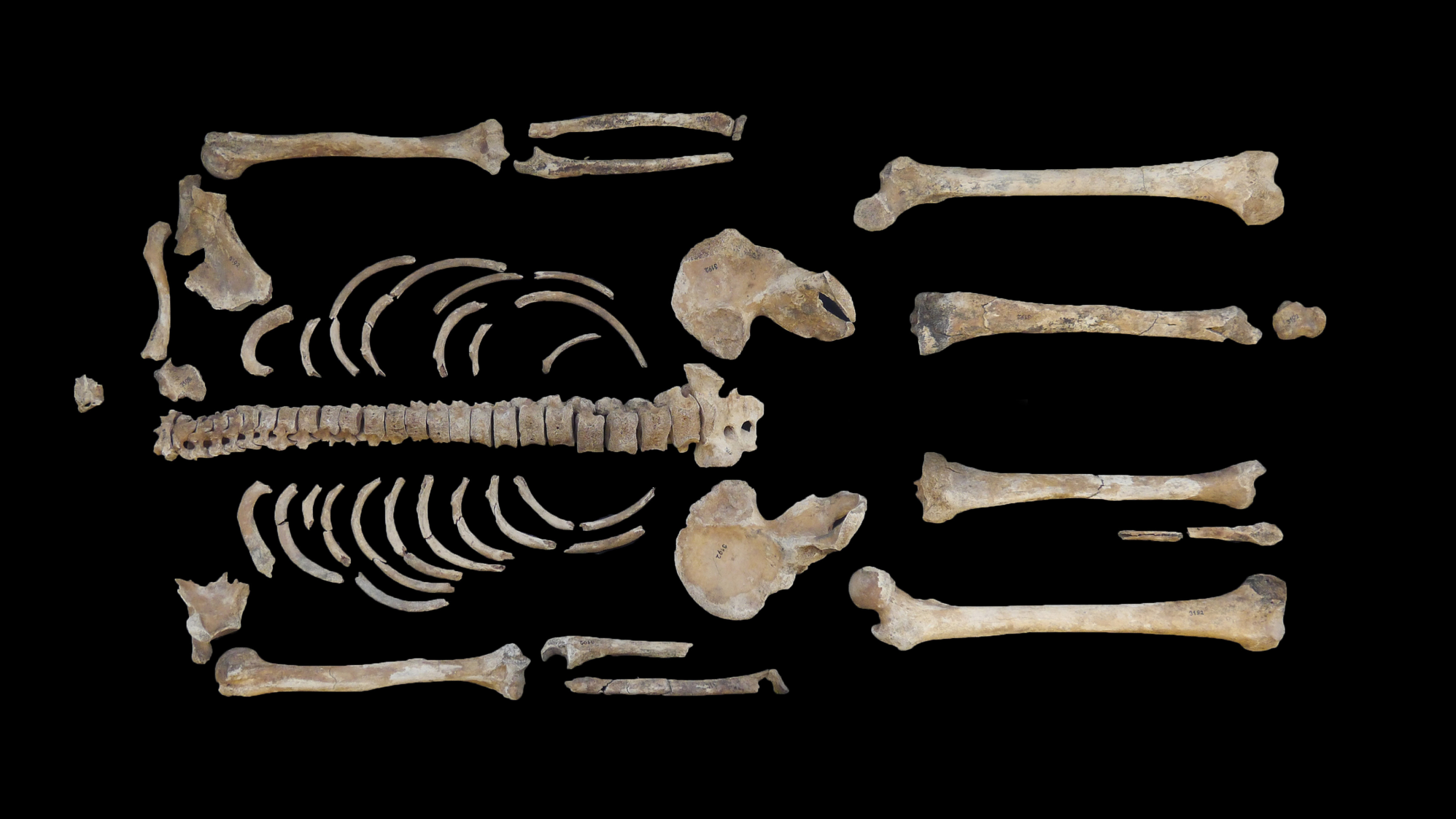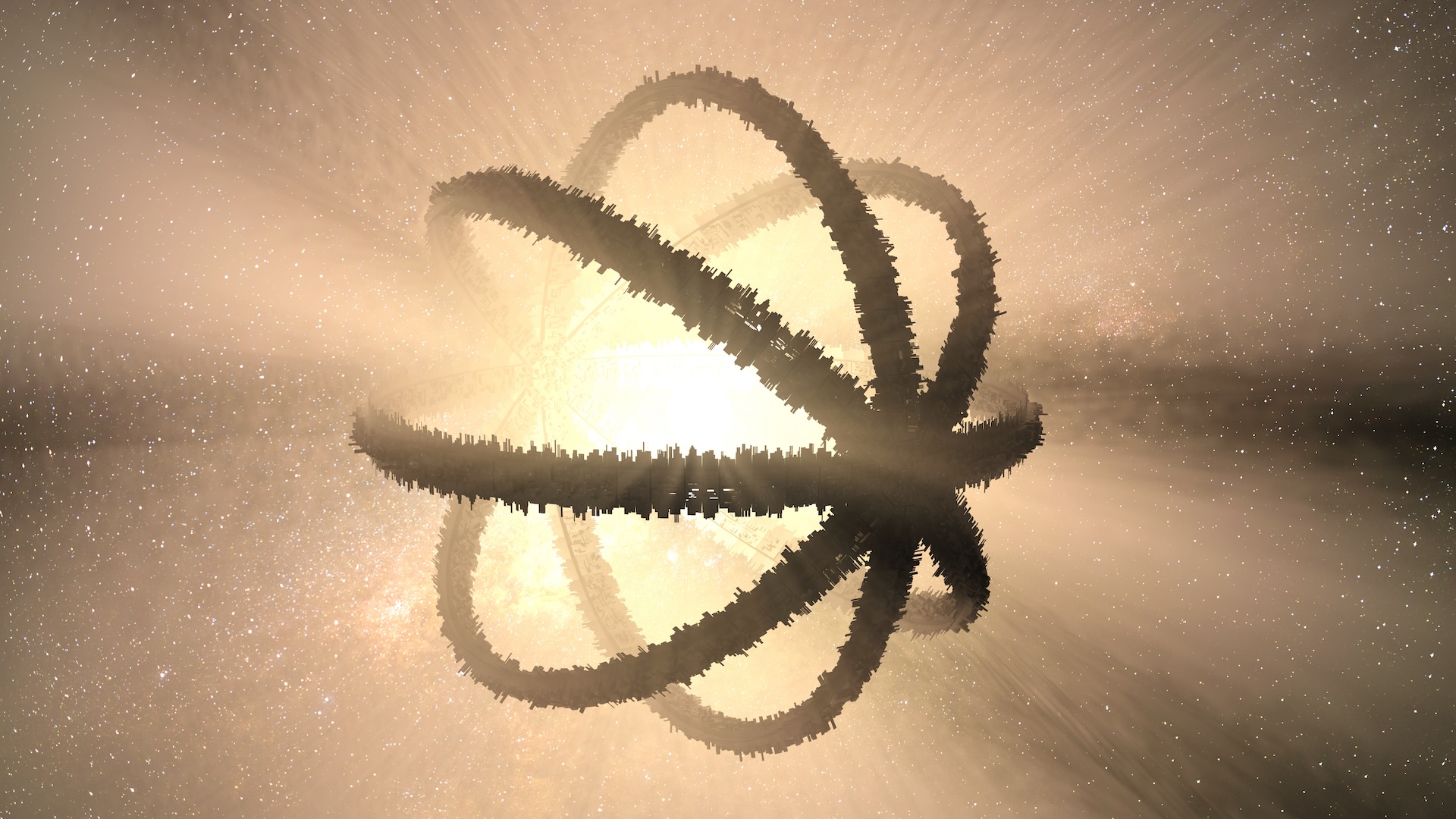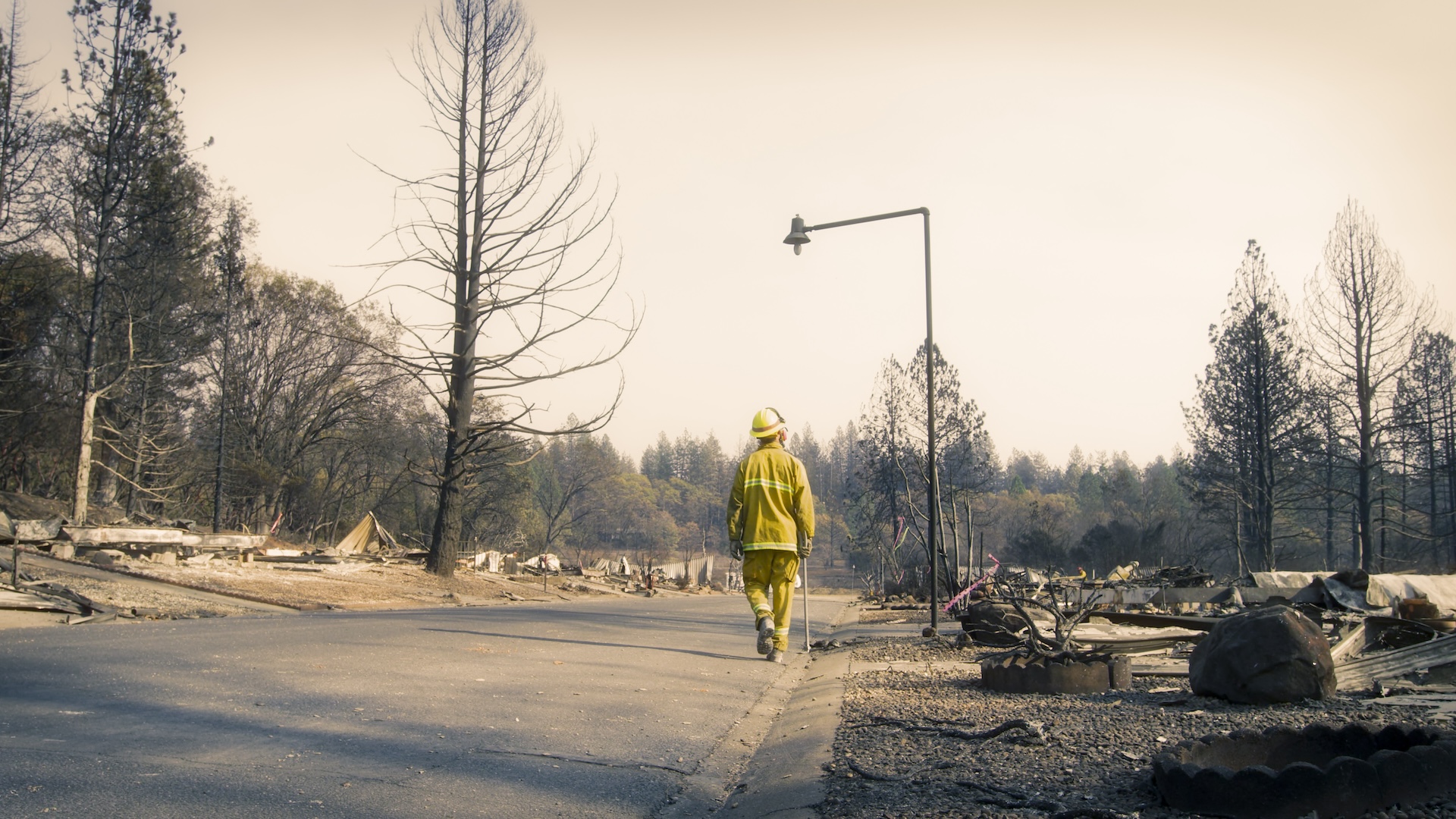Science news this week: Hidden lakes and a 'city-killer' asteroid
Feb. 15, 2025: Our weekly roundup of the latest science in the news, as well as a few fascinating articles to keep you entertained over the weekend.
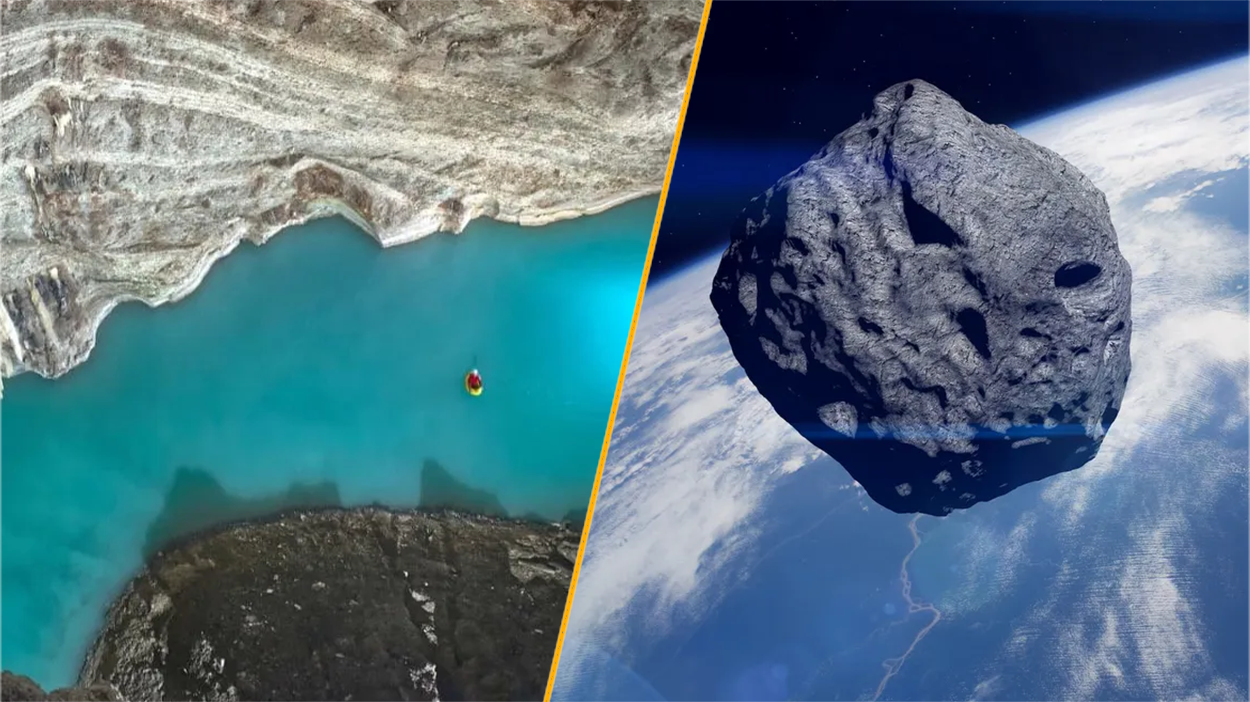
This week's science news has been dominated by the looming threat of an asteroid called 2024 YR4. But should we really be concerned?
On Feb. 7, NASA scientists increased the likelihood of this so-called 'city-killer' colliding with Earth in 2032 from 1.2% to 2.3%, nearly doubling the odds of a potential impact.
The potentially hazardous asteroid measures an estimated 180 feet (55 meters) across — about as wide as Walt Disney World's Cinderella Castle is tall. At this size, 2024 YR4 is too small to end human civilization, but it could still wipe out a major city, releasing about 8 megatons of energy upon impact — more than 500 times the energy released by the atomic bomb that destroyed Hiroshima, Japan.
There is also a very small chance that the cosmic wrecking ball could crash into the moon!
An international team of scientists has been granted emergency use of the James Webb Space Telescope (JWST) to learn more about the space rock and its trajectory, but the risk of impact is still extremely low.
"This asteroid is nothing to lose sleep over," David Rankin, an operations engineer for the University of Arizona's Catalina Sky Survey, told Live Science.
Enormous hidden lake discovery
World's biggest underground thermal lake discovered in Albania at bottom of 330-foot abyss
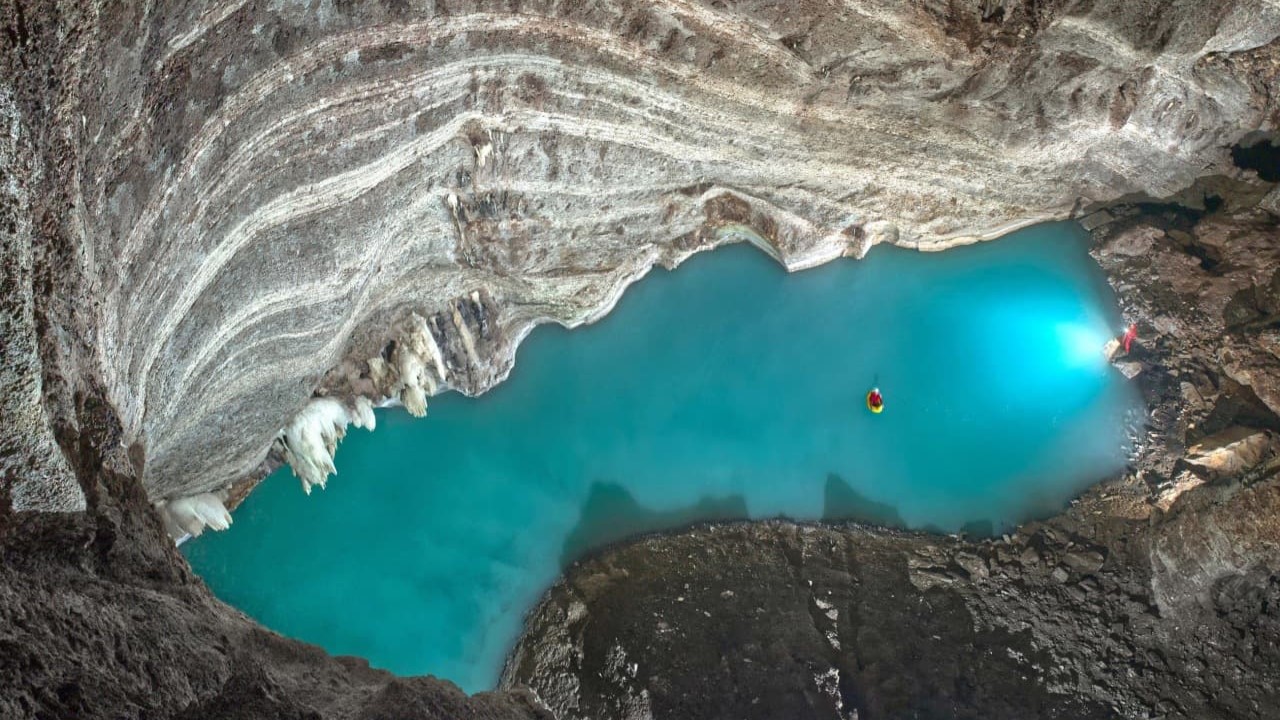
At the bottom of a 330-foot (100 m) abyss in a mountain cave in Albania, scientists have discovered what is believed to be the world's largest underground thermal lake on record.
Sign up for the Live Science daily newsletter now
Get the world’s most fascinating discoveries delivered straight to your inbox.
The lake measures 454 feet (138 m) long and 138 feet (42 m) wide, holding enough water to fill 3.5 Olympic swimming pools.
The body of water has been named Lake Neuron after the foundation that funded the exhibition. The researchers hope that studying the lake will offer new insights into underground ecosystems and the geology of the area.
Discover more planet Earth news
—Scientists discover Earth's inner core isn't just slowing down — it's also changing shape
—Scientists record never-before-seen 'ice quakes' deep inside Greenland's frozen rivers
Life's Little Mysteries
Why are flies attracted to humans?

Flies have an uncanny knack for finding humans, even when we don't have food. But why are they so attracted to us?For some species, it's our warm blood that appeals to them, offering them a warm, nutritious meal. For others, it's the oils and dead cells on our skin. But how do they find us in the first place?
Heart drug offers cancer hope
100-year-old heart drug made from foxglove may help 'dissolve' clumps of spreading cancer cells
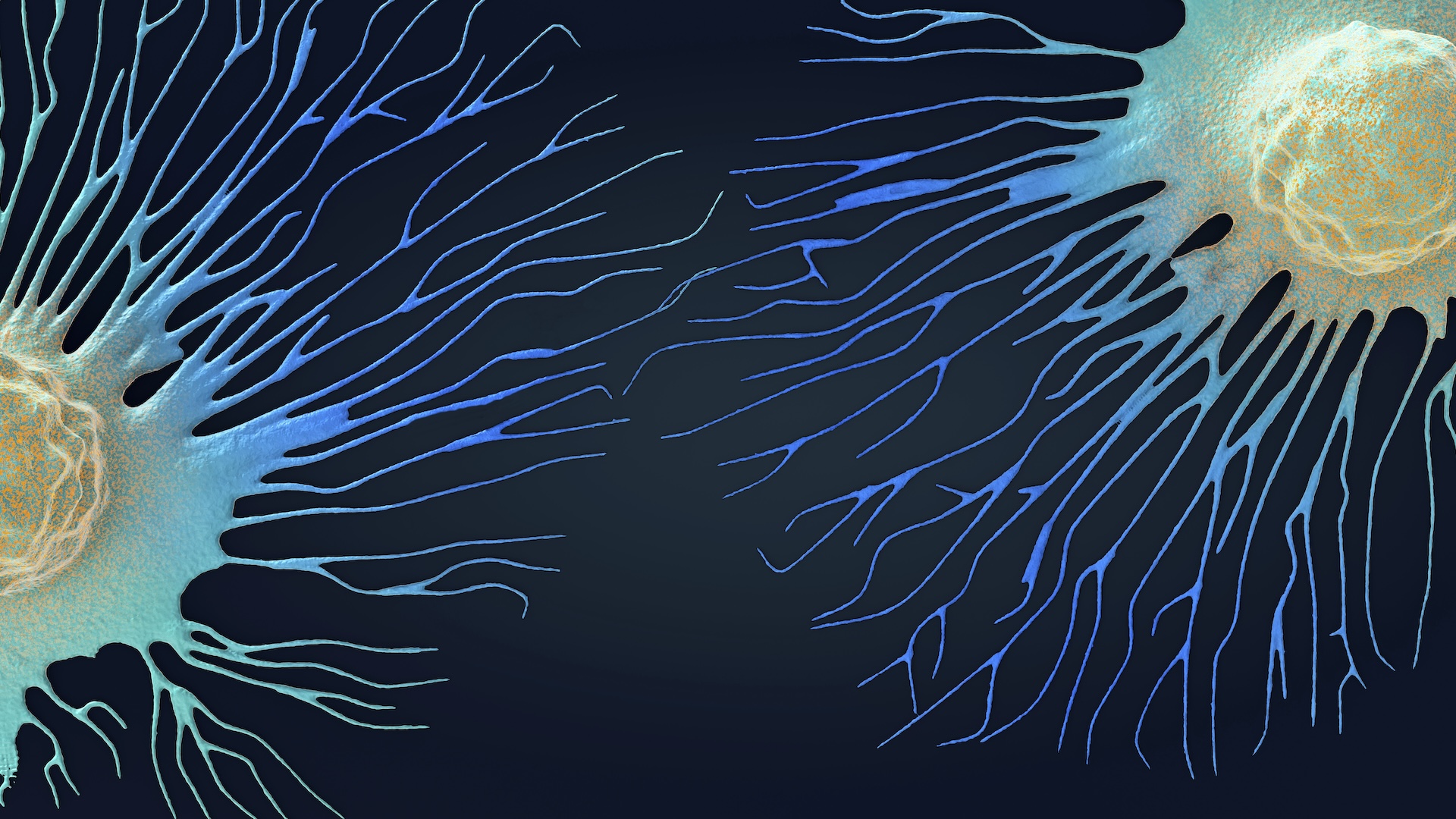
Foxglove plants (Digitalis lanata) have long been used to treat heart conditions. They contain a compound called digoxin which works by blocking ion pumps in the heart, producing stronger contractions and a slower heart rate. The compound was first isolated in 1930 for use in heart failure and atrial fibrillation. But now, scientists have shown that it might also play a role in fighting cancer.
By inhibiting specific ion pumps in tumor cells, digoxin causes them to absorb more calcium, which in turn makes it harder for the cells to stick together. Ultimately this weakens the ability of tumor cells to clump together, causing existing tumor clusters to fall apart.
It is worth noting that foxgloves are poisonous and so no one should ingest them in the wild..
Discover more health news
—Scientists just rewrote our understanding of epigenetics
—The US is having its most active flu season in 15 years
Also in science news this week
—Most energetic neutrino ever found on Earth detected at the bottom of the Mediterranean Sea
—World's 1st hybrid quantum supercomputer goes online in Japan
—Early-medieval stash of 'devil's money' found at cult site in the Netherlands
—Moroccan fly maggot uses fake face on its butt to infiltrate termite colony
Science Spotlight
Mysterious tunnels sketched by Leonardo da Vinci in 1495 may finally have been discovered — hidden under a castle in Milan
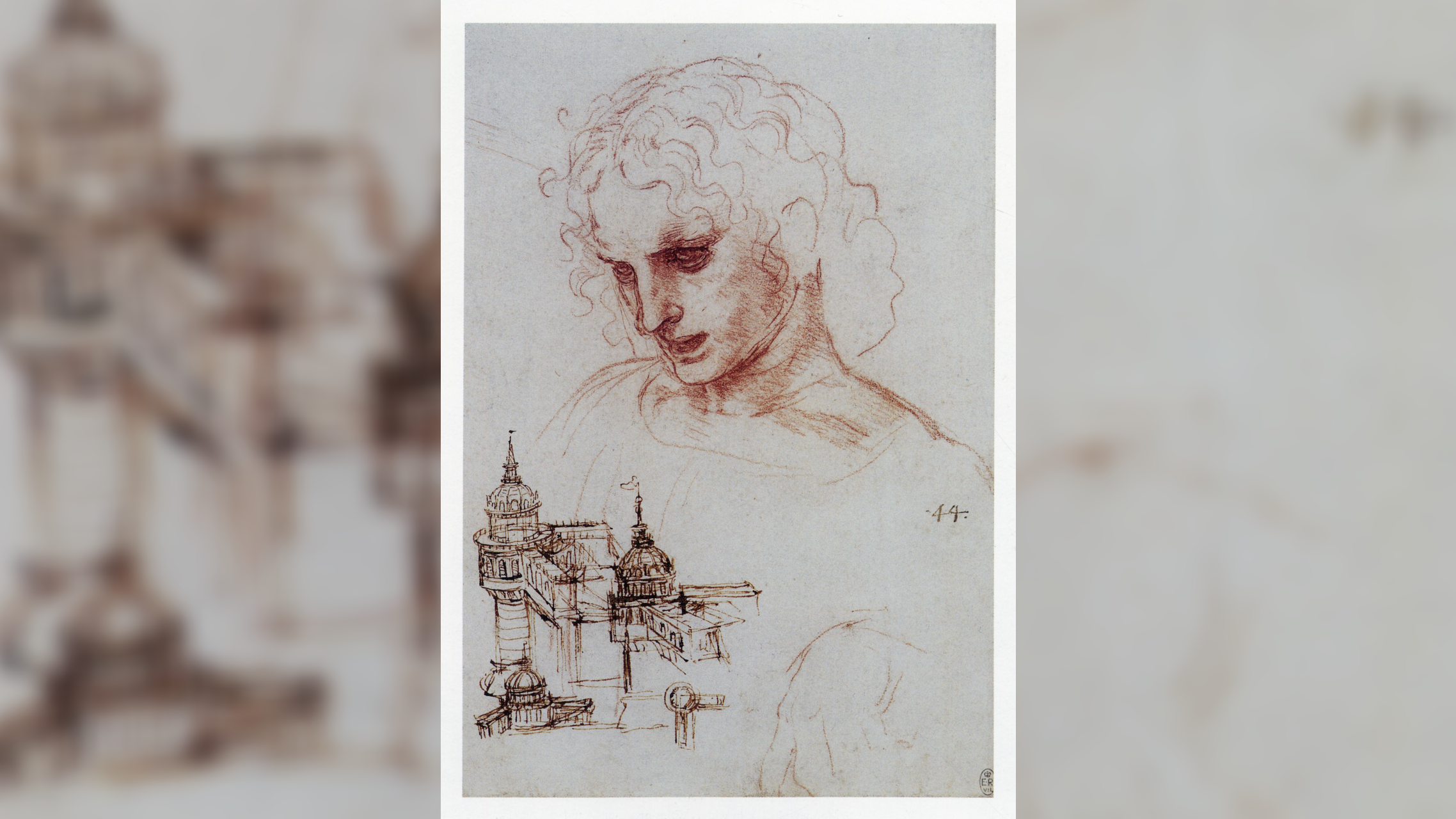
Centuries ago, Leonardo Da Vinci sketched out a castle in Milan. The drawings showed defensive fortifications and extensive hidden passageways under an impressive Renaissance castle. But no one knew where these tunnels were actually located, or if they existed at all.
It turns out that in the late 1490s, Da Vinci was commissioned to decorate the interior walls and ceilings of Sforza castle, which stands at the center of modern-day Milan. The sketches bear a striking resemblance to this citadel, and the castle is known to have a small number of underground passageways, some of which are open to the public. However, Da Vinci's drawings suggested a much more extensive network may be hidden beneath its historic floors.
Using laser scanners, GPS, 3D radar surveys and photogrammetry (which uses photos to create virtual 3D models), a team of architectural historians uncovered a suit of hidden underground rooms and a set of newly discovered passageways, running parallel to the ones that were already known to exist — a discovery that closely matches Da Vinci's sketches.
Something for the weekend
If you're looking for something a little longer to read over the weekend, here are some of the best long reads, book excerpts and interviews published this week.
—Biological aging may not be driven by what we thought
—People have been dumping corpses into the Thames since at least the Bronze Age, study finds
And something for the skywatchers:
Science in pictures
Scientists share groundbreaking image of the 'cosmic web' connecting 2 galaxies near the dawn of time
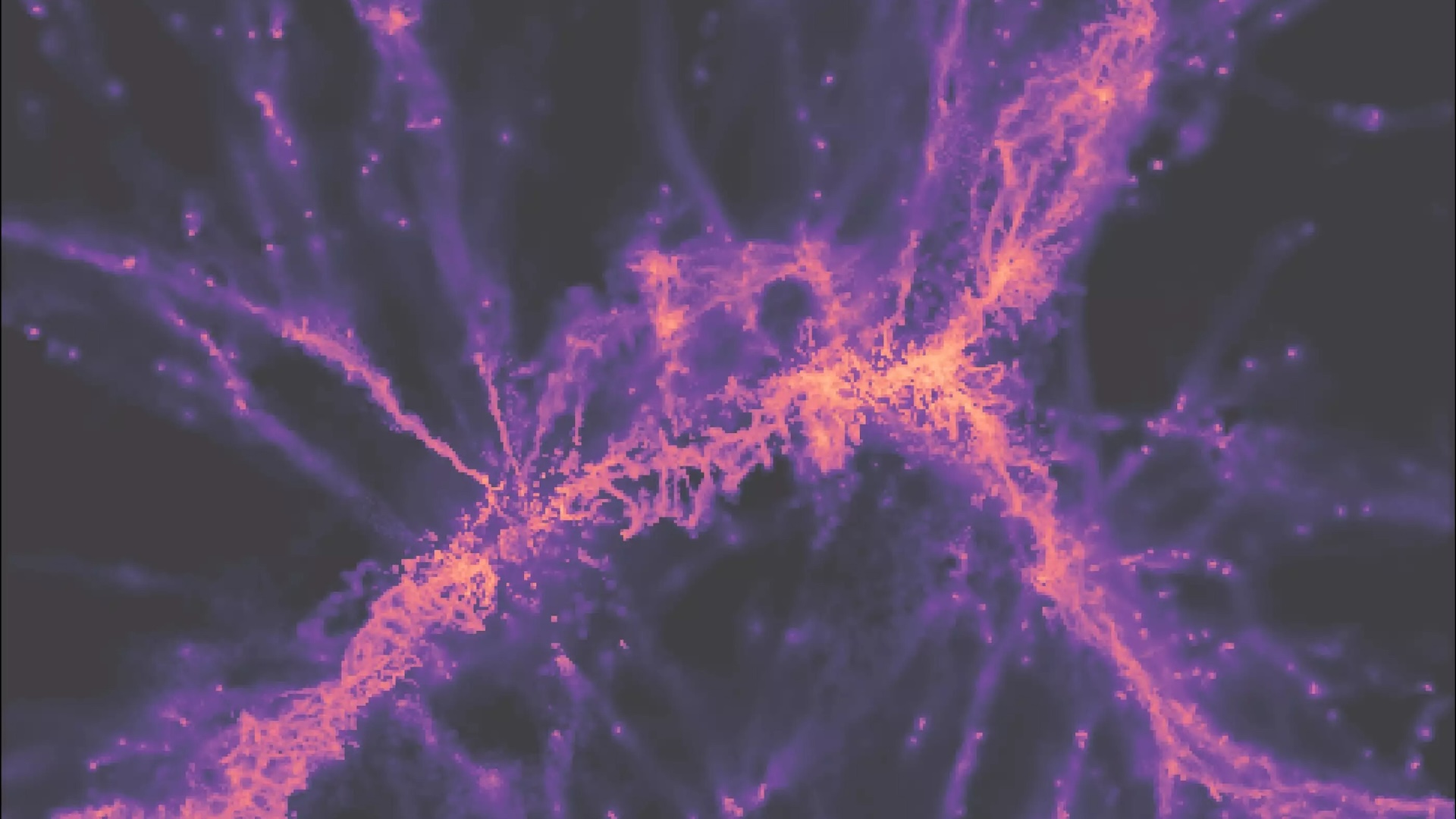
Our universe is like a giant spider web. Strands of gas, dust and dark matter stretch through the cosmos, separated by deserts of empty space. Now, after hundreds of hours of observation, scientists have constructed a highly detailed image of this cosmic cobweb, stretched between two distant galaxies.
The discovery may offer new insights into how these spindly structures form and how they impact the evolution of galaxies.
Follow Live Science on social media
Want more science news? Follow our Live Science WhatsApp Channel for the latest discoveries as they happen. It's the best way to get our expert reporting on the go, but if you don't use WhatsApp we're also on Facebook, X (formerly Twitter), Flipboard, Instagram, TikTok, Bluesky and LinkedIn.

Pandora is the trending news editor at Live Science. She is also a science presenter and previously worked as Senior Science and Health Reporter at Newsweek. Pandora holds a Biological Sciences degree from the University of Oxford, where she specialised in biochemistry and molecular biology.
You must confirm your public display name before commenting
Please logout and then login again, you will then be prompted to enter your display name.
